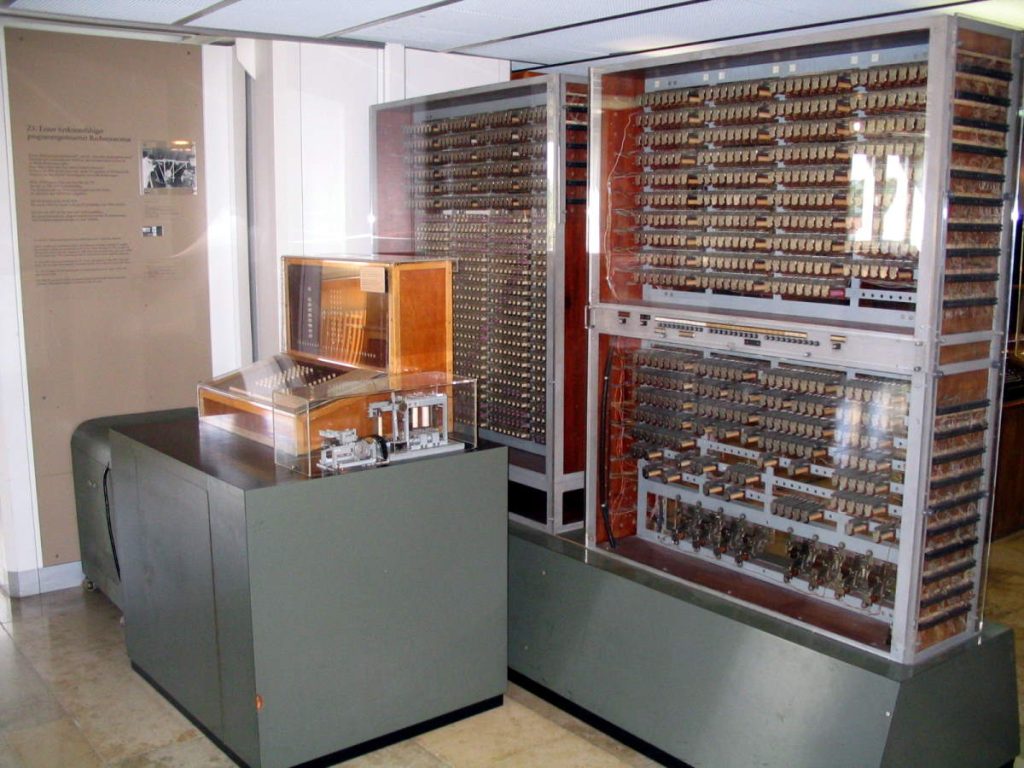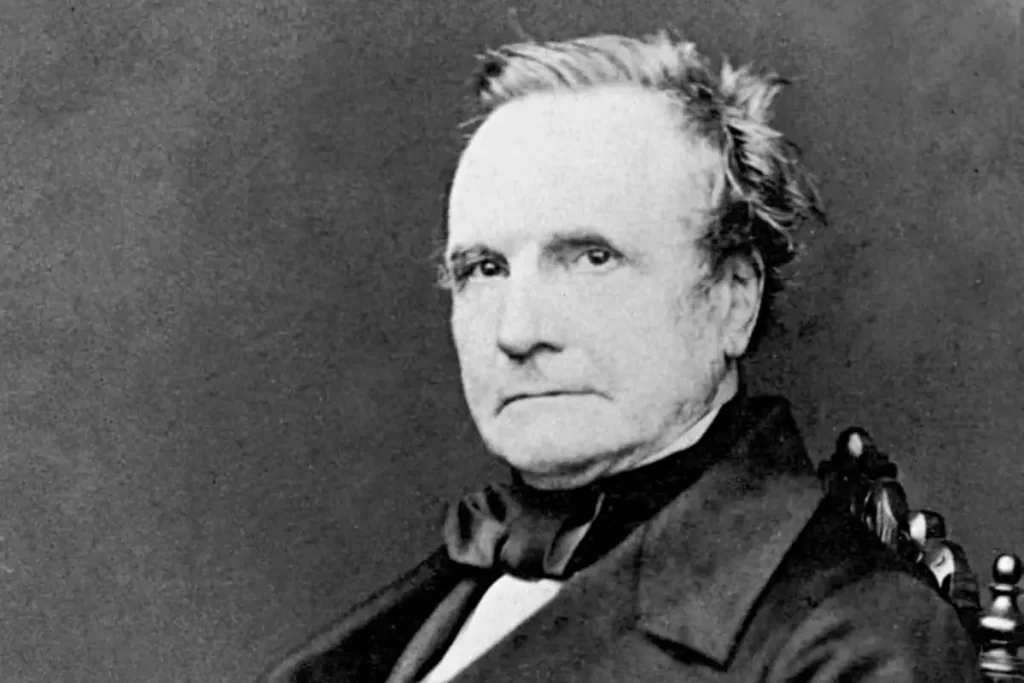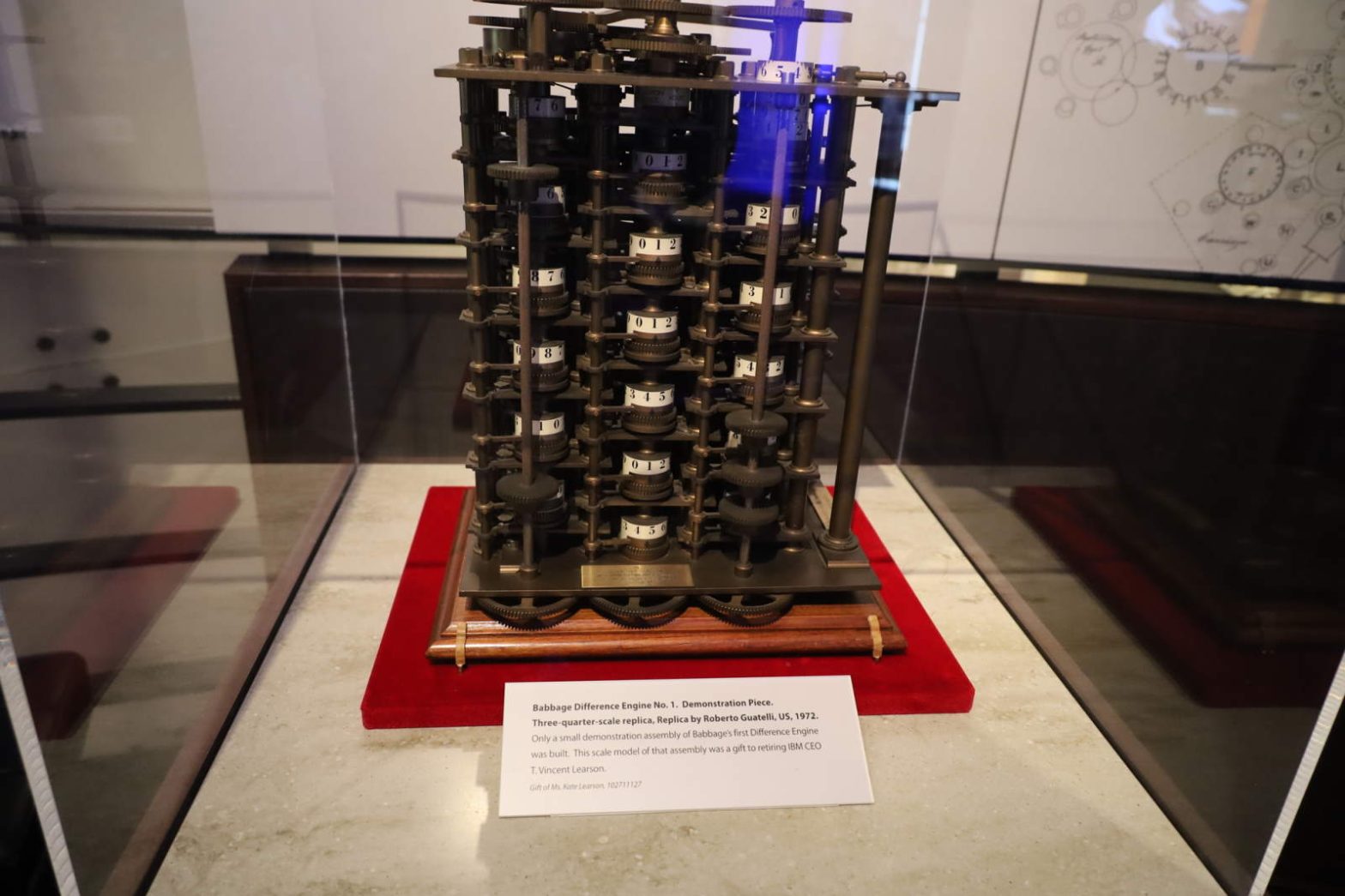On June 14, 1822, English polymath Charles Babbage (26 December 1791 – 18 October 1871) announced his invention of the Difference Engine on 14 June 1822, in a paper to the Royal Astronomical Society. The title of the paper was “Note on the application of machinery to the computation of astronomical and mathematical tables”.
It was the first that kind of machine Babbage has built, so it’s called Difference Engine 0.
Today’s (June 14) story of what happened this day in Science, Technology, Astronomy, and Space Exploration history.
What is a Difference Engine?
A difference engine is an early calculating machine, first designed and built by the English polymath, engineer, and inventor Charles Babbage in the 1820s and 1830s. It is an automatic mechanical calculator designed to tabulate polynomial functions.
They can be considered early mechanical computers. Thus, many consider Charles Babbage the father of the computer.

Later, in 1883, Babbage and Joseph Clement (British engineer and industrialist, 13 June 1779 – 28 February 1844) produced a small working model (one-seventh of the calculating section of Difference Engine No. 1.
Later, Babbage designed an improved version, “Difference Engine No. 2”, a full, room-sized computational machine. But, he couldn’t receive necessary funding from the British government. The metalworking techniques of the era could not economically make parts in the precision and quantity required, so Babbage’s Difference Engines were proved to be much more expensive and doubtful of success than the initial estimates. Because of this, the Biritish government lost its interest on this new invention.
Plus, Clement, the machinist responsible for actually building the machine, refused to continue working on it unless he was prepaid.. So, Babbage never completed his Difference Engine No. 2.

Babbage’s machine even had storage, like modern computers. It was designed to stamp its output into soft metal, which could later be used to produce a printing plate.
Babbage’s Difference Engine No. 2 was finally built by the Science Museum, London. The main part was completed according to Babbage’s plans in June 1991 for the bicentennial year of Babbage’s birth. The printing mechanism was completed in 2000. Doron Swade, then Senior Curator of Computing and IT, oversaw its construction.
The Science Museum has actually constructed two Difference Engines. One is owned by the museum. The other, owned by the technology multimillionaire Nathan Myhrvold, went on exhibition at the Computer History Museum in Mountain View, California on 10 May 2008. The two models that have been constructed are not replicas.

June 14 in Science, Technology, Astronomy, and Space Exploration history
- 1951: UNIVAC I, the world’s first commercial computer was unveiled.
- 1822: Charles Babbage Unveiled the Difference Engine.
Sources
- Difference engine on Wikipedia
- Charles Babbage on Wikipedia
- Difference Engine on the Encyclopedia Britannica website
- Budget of NASA, Year by Year [1980-1989] - June 10, 2024
- Budget of NASA, Year by Year [1970-1979] - June 10, 2024
- Budget of NASA, Year by Year [1958-2024] - June 10, 2024
